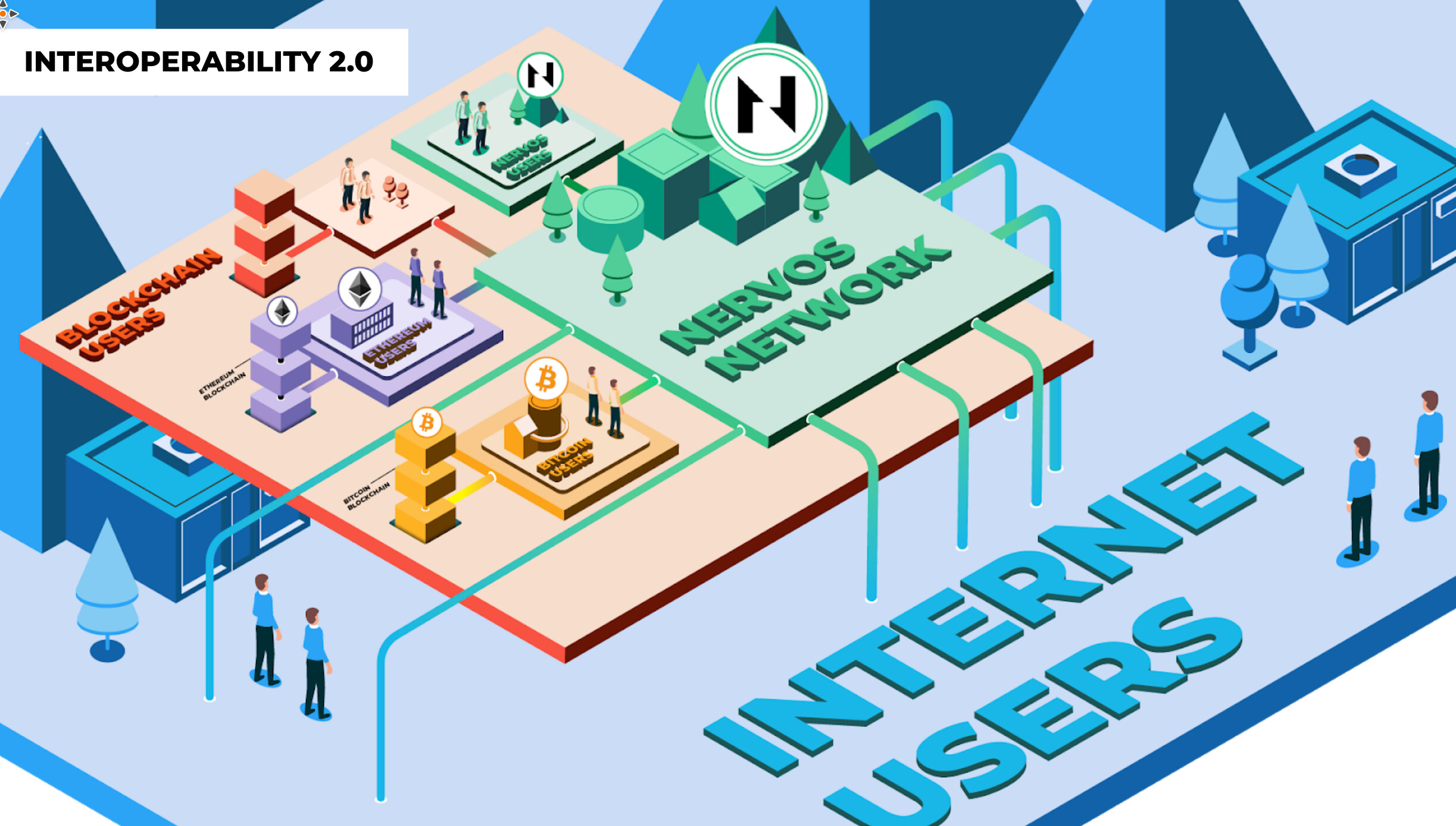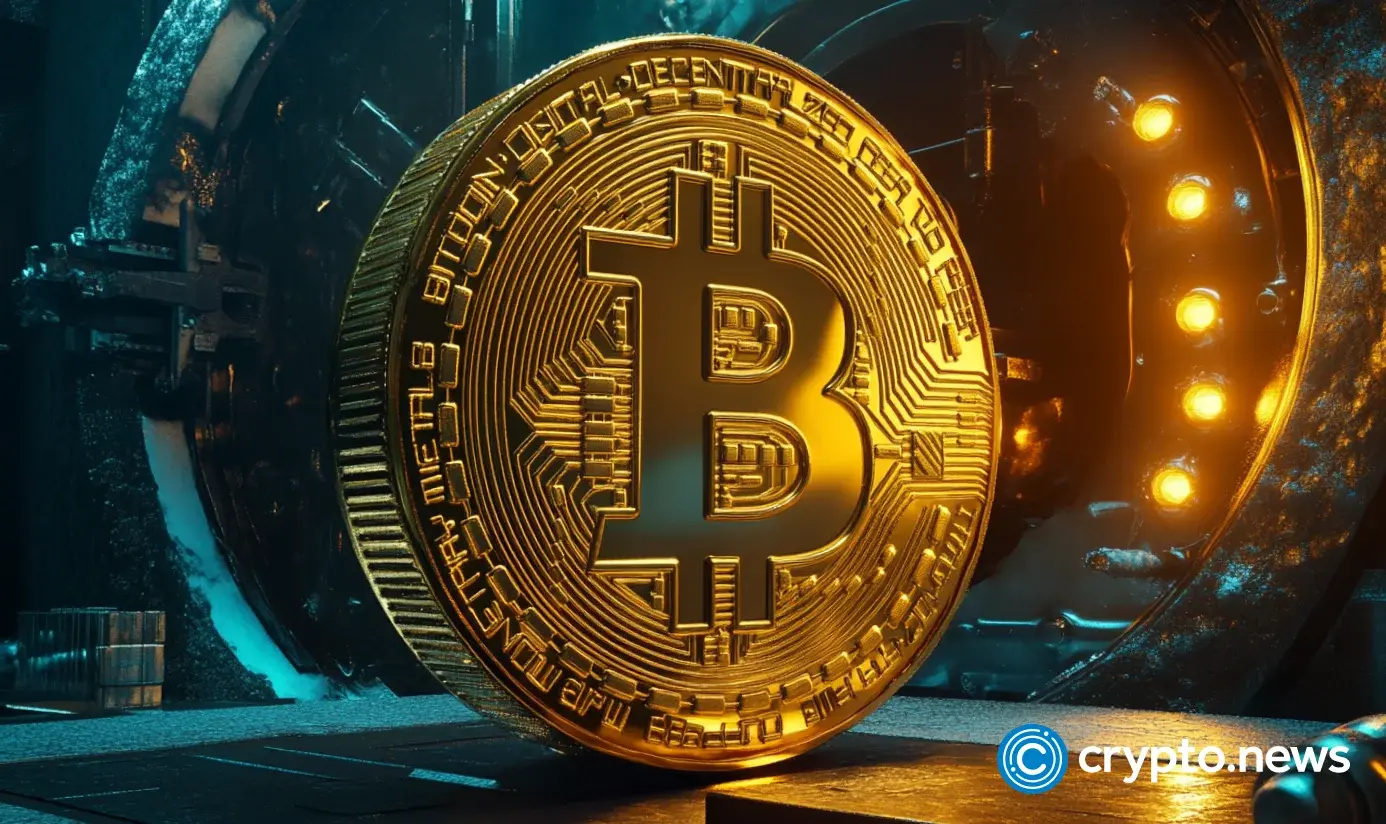Japanese traders will soon gain access to Circle’s USDC stablecoin, which gives them an easy option to hold United States dollar-denominated balances. It’s a first for the Japanese market, where local regulators have hesitated to bring stablecoin trading to the masses.
The country’s strictly regulated digital asset exchanges generally do not (or cannot) support USD stablecoins. Therefore, SBI VC Trade’s move could facilitate JPY/USD exchanges and have interesting effects on the wider foreign exchange trading world and the Japanese economy.
JPY is the world’s third most-traded fiat currency after the USD and Euro and is known for being popular with “carry traders”—i.e., traders who borrow JPY at Japan’s very low interest rates and invest them in foreign markets.
According to SWIFT, it’s also among the top five for all cross-border payments. The ability to move USD value into Japan and trade it for local fiat currency without using the banking system (or paying its fees) could also be valuable. The same would go for USDC moving out of Japan.
Easier access to USDC could also serve as an on-ramp to the decentralized finance (DeFi) world for Japanese traders. The country’s digital asset trading market is one of the world’s largest, and DeFi trading is said to be worth over $100 billion. Using USDC, a favored asset on DeFi markets, Japanese traders would suddenly have large access to liquidity pools.
Why haven’t Japanese traders had access to USDC before?
SBI VC Trade’s parent company, SBI Holdings (NASDAQ: SBHGF), has partnered with Circle to support USDC in Japan since 2023. However, in order to list and trade the asset, SBI VC needed to obtain additional licensing that Japan requires for companies dealing in offshore-based stablecoins.
Japan and its regulator, the Financial Services Agency (FSA), have singled out stablecoins for attention. Any cross-border stablecoin transaction faces more scrutiny than those involving other digital assets. Specifically, such a transaction would need to be traceable to a legal name and residential address.
This would be hard to police in transactions involving stablecoins between two non-custodial wallets, but if any of those assets land in a Japan-based exchange, their owners’ identity would be known.
USDC and Tether (USDT)
USDC, which has been around since 2018 and has a market cap of around $56.4 billion, is the world’s most widely used USD-pegged digital asset after Tether (USDT). Though Tether still holds the lion’s share of stablecoin-trading liquidity, thanks to its four-year head start, USDC has acquired its chunk of that market by focusing on transparency and compliance with international regulators.
Both have maintained their $1 pegs fairly consistently over the years. This hasn’t been without occasional glitches, but users still trust them enough (for now) to park USD-denominated trading value in these assets in times of high volatility or price uncertainty. USDC and USDT both utilize multiple blockchains to tokenize their assets, chiefly Ethereum and Solana, but also on networks like Algorand, Polkadot, and Avalanche.
USDT isn’t available on Japanese exchanges and is unlikely to become available soon.
USDC, the product of a partnership between Circle and Coinbase (NASDAQ: COIN), has tried to hit Tether at its biggest weak points: lack of regulatory oversight and its reluctance to prove its reserves of backing assets. Stablecoins maintain their pegged values not by speculation but by ostensible reserves of “real-world” assets (RWAs) with equivalent fiat value to their total supply.
Though never specified and audited, Tether’s backing reserves reportedly include cash, corporate bonds, Bitcoin, secured loans, and precious metals. USDC is regulated under U.S. law and backs its value with USD cash and short-term U.S. Treasuries.
Watch: History of Bitcoin with Kurt Wuckert Jr.

















 English (US) ·
English (US) ·